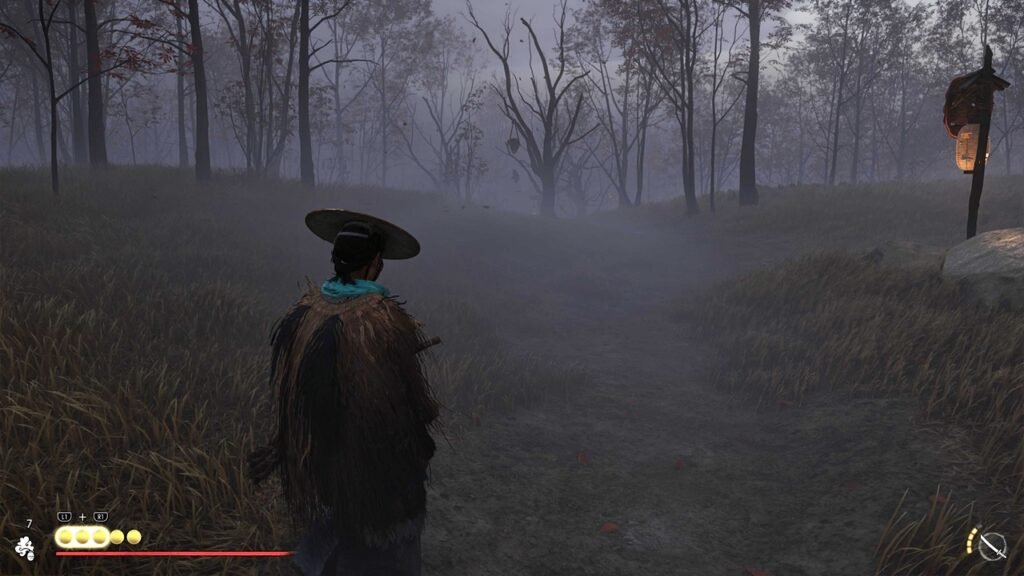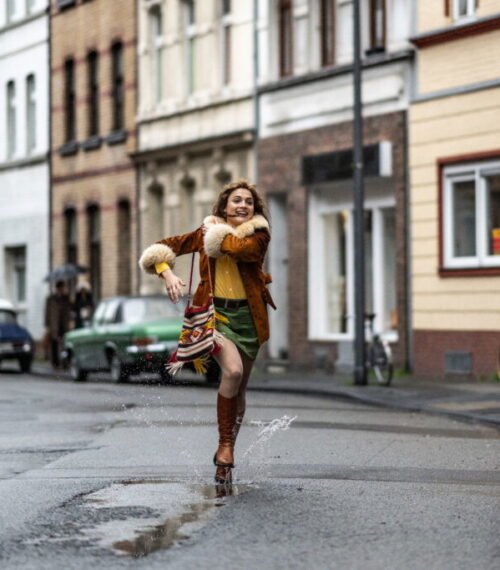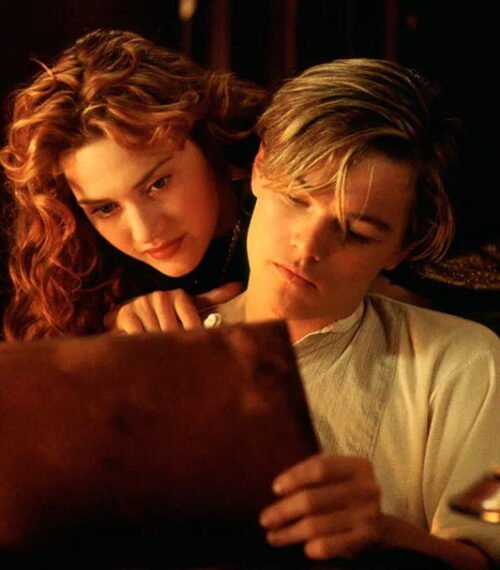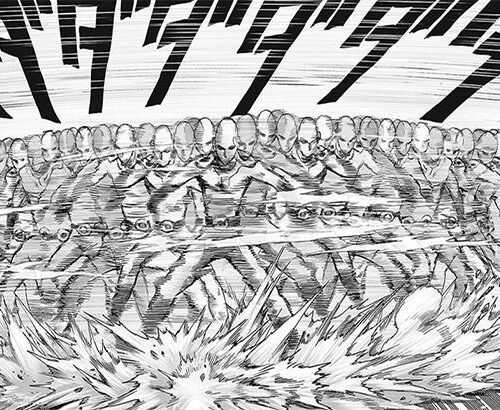Sucker Punch went all out with Ghost of Yotei‘s cinematic modes. Instead of throwing together some basic visual filters, they actually collaborated with three legendary directors to completely reshape how you experience Atsu’s revenge story across 1603 Hokkaido.
Getting to them is simple enough: navigate to Settings > Display, scroll past Graphics Mode, and you’ll see the three options waiting.
That said, do keep in mind that these rankings are totally subjective. As is the case with any piece of entertainment, what works for one player might feel completely wrong for another:
3. Watanabe Mode

Shinichirō Watanabe brought his Samurai Champloo (and Cowboy Bebop) expertise to craft something gaming hasn’t seen before. The entire soundtrack gets swapped for lo-fi hip-hop, but it’s not just one endless loop; the beats actually change based on what you’re doing.
Exploring feels zen with gentle background rhythms, while combat kicks in more driving beats without losing that chill vibe. The original sound effects and voices stay put, so you still hear every sword clash and line of dialogue clearly.
The problem is, it just doesn’t fit Atsu’s story. This woman watched her family get murdered and spent sixteen years plotting revenge. If it’s immersion you’re after, having relaxing study beats play while she hunts down killers might feel bizarrely disconnected from the emotional core.
2. Kurosawa Mode
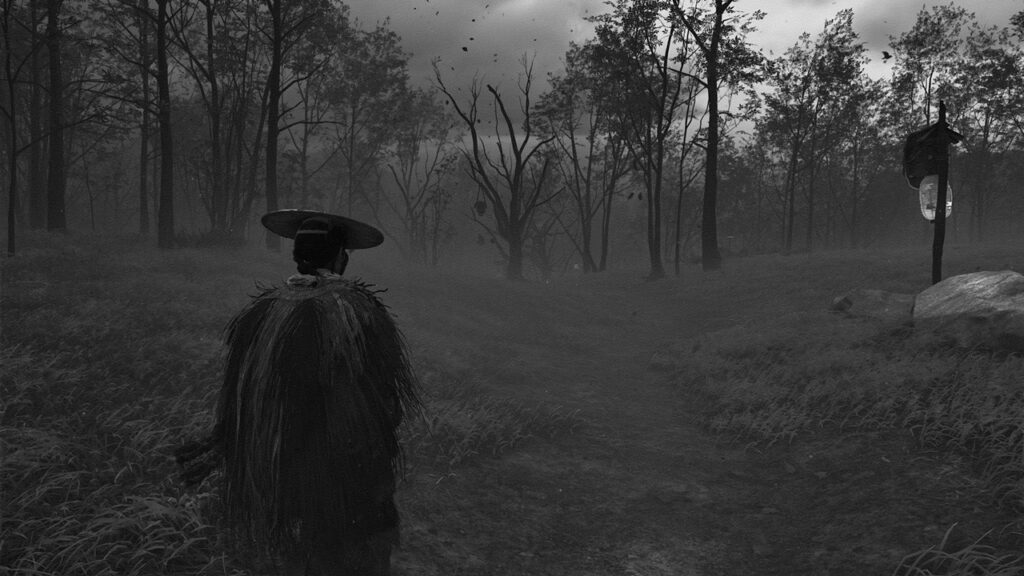
The black-and-white treatment returns from Ghost of Tsushima, turning everything into classic samurai cinema. Akira Kurosawa’s estate actually signed off on this, so you’re getting a legit jidaigeki presentation with proper film grain and that vintage audio crackle.
Kurosawa Mode🎞️
In collaboration with Kurosawa Estate, we bring you a classic black & white cinematic experience with Kurosawa Mode
If you're a fan of classic japanese films, this mode is for you 📺 pic.twitter.com/UMndTnDkpq
Wind gets cranked up to eleven, debris flies everywhere, and boss fights look absolutely gorgeous through this lens. When you’re squaring off against one of the Yotei Six, the whole thing ought to feel like a lost Kurosawa masterpiece come to life.
But here’s the catch: been there, done that. Sure, it looks amazing, but it’s basically the same trick twice. Sucker Punch played it safe here instead of trying something bolder.
1. Miike Mode
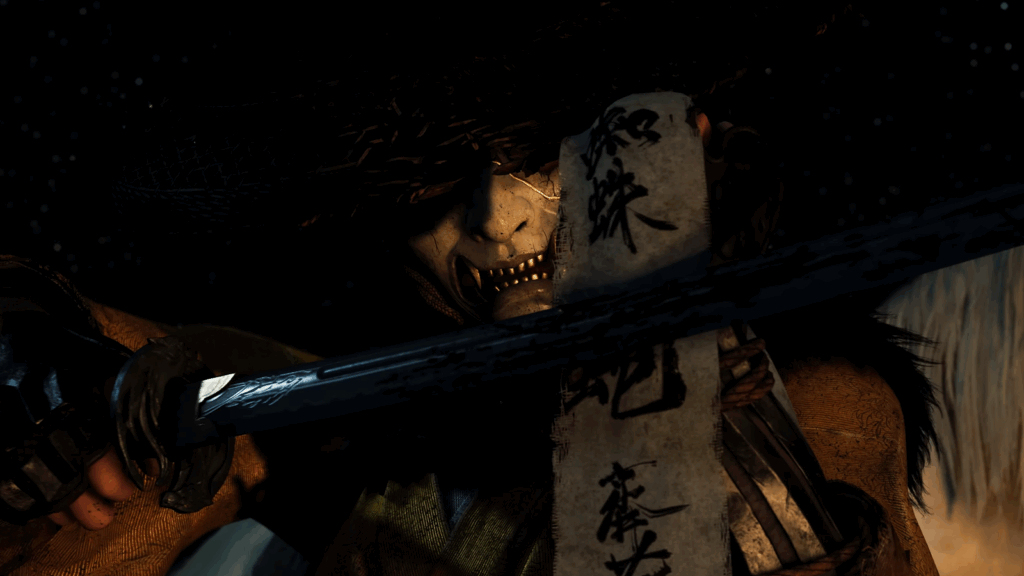
Takashi Miike (13 Assassins, Ichi the Killer) doesn’t mess around, and neither does his mode in Ghost of Yotei. Blood gets thicker, mud gets heavier, camera squeezes in uncomfortably close, and every sword strike hits with nasty weight. This isn’t samurai fantasy anymore. It’s samurai reality.
Those tight camera angles actually mess with your combat flow. Enabling it even comes with a red warning message: large fights become genuinely tricky when you can’t see enemies approaching from the sides. Suddenly, you’re not just button-mashing through crowds; you need actual strategy.
This nails what Atsu’s story is really about. It’s ugly, brutal, and uncomfortable, just like revenge should be. While other modes either soften the edges or play things familiar, Miike Mode leans into the darkness completely.
Which mode clicks with how you want to experience samurai combat? Does Miike’s brutal approach beat out the others, or do you prefer something more mellow? Let us know in the comments below!

